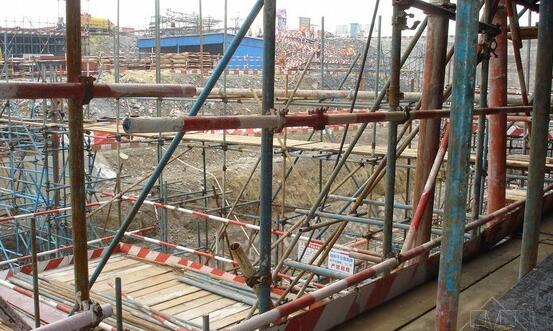Dec . 04, 2024 06:09 Back to list
Formwork Solutions for Efficient Slab Manufacturing Processes and Techniques
Understanding Table Formwork for Slab Manufacturers
Table formwork is a crucial element in the construction industry, specifically when it comes to slab manufacturing. As buildings become taller and more complex, the need for efficient and reliable formwork systems has increased significantly. Table formwork, known for its ease of use and flexibility, has become a preferred choice for many slab manufacturers. This article explores the function, advantages, types, and applications of table formwork in the construction industry.
What is Table Formwork?
Table formwork refers to a system used in the construction of concrete slabs. Essentially, it consists of large, flat table-like platforms that support the wet concrete until it hardens sufficiently. The design of the table allows for quick assembly and disassembly, which is particularly beneficial on busy construction sites. These platforms can be moved easily once the concrete has set, making them a highly efficient method for slab production.
Advantages of Table Formwork
One of the primary advantages of table formwork is its ability to increase productivity. Since multiple tables can be used simultaneously, slab manufacturers can pour concrete for several slabs in a short time. This capability not only speeds up the construction process, but it also optimizes the use of manpower and resources.
Another significant benefit is the enhanced safety it offers. Table formwork is designed with stability in mind, reducing the risk of accidents associated with traditional formwork systems. The sturdy structure minimizes the likelihood of collapse during the curing process, offering peace of mind to workers on-site.
Furthermore, table formwork systems are highly versatile. They can be adjusted to create various slab shapes and sizes, catering to the diverse needs of different construction projects. Additionally, many table formwork systems are equipped with features that facilitate the incorporation of reinforcement bars and connections for services like plumbing and electrical, streamlining the building process.
Types of Table Formwork
There are several types of table formwork available in the market, each designed to meet specific construction needs
table formwork for slab manufacturers

1. Traditional Steel Table Formwork This type is known for its durability and strength. Steel tables are often used for heavy-duty applications where the weight of the concrete is substantial.
2. Aluminum Table Formwork Lightweight and easy to handle, aluminum table formwork is an excellent choice for projects that require frequent assembly and transport.
3. Prefabricated Table Formwork This type is manufactured off-site and brought to the construction location, allowing for rapid installation. Prefabricated systems often incorporate modular components, which can be reused across multiple projects.
4. Custom Table Formwork For unique architectural designs, custom table formwork can be created to meet specific parameters and requirements. This flexibility allows architects and engineers to push the boundaries of traditional design.
Applications of Table Formwork
Table formwork is predominantly used in residential, commercial, and industrial construction projects. It is particularly useful in constructing floors for multi-story buildings, parking garages, and large commercial spaces. Its efficiency and adaptability make it suitable for both small-scale and large-scale projects.
Importantly, table formwork systems also contribute to a sustainable building practice. By enabling faster construction and reducing waste, these systems help decrease the overall carbon footprint of a construction project.
Conclusion
As the construction industry evolves, table formwork for slab manufacturers continues to gain prominence due to its numerous advantages. Its ability to enhance productivity, ensure safety, and provide versatility makes it an invaluable asset in modern construction. With ongoing innovations and improvements, table formwork systems will likely play an even more significant role in the future of construction, shaping the way slabs are manufactured and contributing to the overall efficiency and effectiveness of building projects. Embracing these advancements not only promises better quality in construction but also promotes more sustainable practices in the industry.
-
High-Quality U Head Jack Scaffolding – Reliable Scaffolding Jack Head Manufacturer & Factory
NewsJul.08,2025
-
High-Quality I Beam H20 Leading Timber Beam H20 Material Factory, Exporters & Manufacturers
NewsJul.08,2025
-
High-Quality Powder Coating Steel Formwork - Durable & Corrosion Resistant Solutions
NewsJul.07,2025
-
Inclined Column Formwork Supplier – Durable & Precise Solutions for Unique Structures
NewsJul.07,2025
-
High-Quality Water Stop Solutions Trusted Water Stop Company & Suppliers
NewsJul.07,2025
-
High-Quality Formwork Material Supplier Reliable Manufacturer & Factory Solutions
NewsJul.06,2025